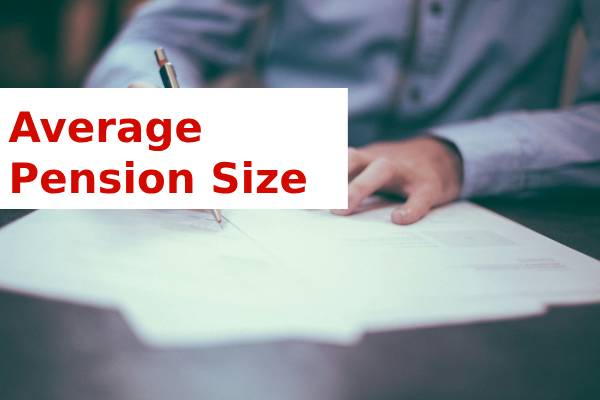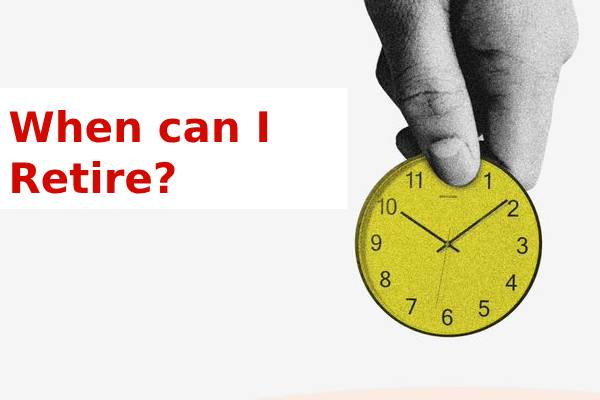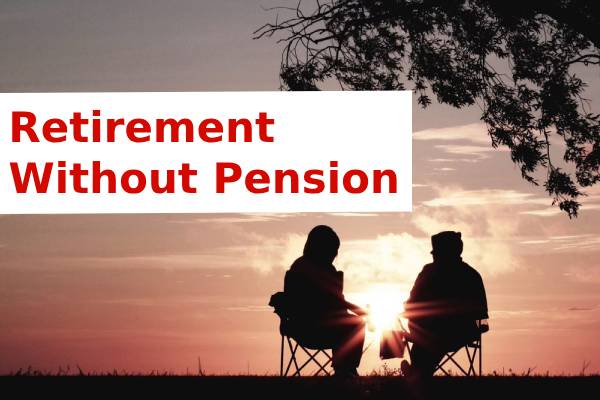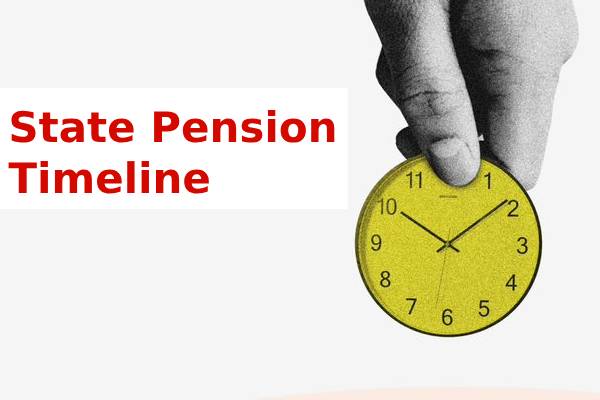
Average Pension Pot by Age Group
Understanding the average pension size across different age groups in the UK is crucial for effective retirement planning. Lets take…
The United Kingdom offers a structured system for retirement income through a three-tiered pension scheme. This multi-faceted approach ensures that retirees can access various sources of income, contributing to a more secure financial future post-retirement. The system comprises the State Pension, Occupational Pensions, and Personal Pensions, each designed to offer different benefits and cater to diverse needs.
At the core of the UK's retirement income system is the State Pension, a government-funded benefit aimed at providing basic income support to eligible retirees. The funding for this pension comes from National Insurance contributions paid by both employees and employers throughout an individual's working life. To qualify for the State Pension, one must reach the eligibility age, which is currently set at 66 years and is subject to gradual increases in the future. The amount of State Pension one receives is directly linked to their National Insurance record, requiring 35 qualifying years of contributions for a full basic State Pension.
Also known as workplace pensions, Occupational Pensions are sponsored by employers and offer additional income atop the State Pension. There are two main types of Occupational Pensions:
The UK pension system offers tax relief on contributions, which effectively lowers the income tax amount for contributors. The specific rules for tax relief vary depending on the pension type, and there are also considerations to be made regarding the taxation of pension benefits during retirement.
The oversight of workplace pension schemes falls under the jurisdiction of The Pensions Regulator. This governmental body ensures that pension schemes comply with relevant legislation, safeguarding the interests of members.
Selecting the appropriate pension plan is a critical decision that should be based on individual circumstances, career trajectory, and risk tolerance. Key factors to consider include:
For more detailed information on pensions in the UK:

Understanding the average pension size across different age groups in the UK is crucial for effective retirement planning. Lets take…

Retirement planning is a crucial aspect of financial security and well-being. Understanding when you can retire in the UK involves…

For many individuals, the absence of a traditional pension plan can be a daunting prospect as they approach retirement. However,…

The UK State Pension, a cornerstone of the British welfare system, has undergone significant transformations since its inception. Its evolution…

Combining pensions might seem like a daunting task, but it doesn't have to be. Whether you've worked for multiple employers…

For UK nationals dreaming of retiring under foreign skies, the logistics of transferring a lifetime’s savings, including pensions, to another…

Dreaming of sun-soaked beaches or mountain vistas in your retirement? Many Brits choose to settle overseas after a lifetime of…

For many in the UK, a pension provides a much-needed financial cushion in retirement. See below for examples based on…

On March 15, 2023, the government announced new budget details, including big changes to pension taxes. Starting from April 6,…

New research from the Centre for Economics and Business Research and PensionBee is ringing alarm bells, saying a whopping £50.85…

Larry Fink, head of Blackrock, the world's biggest investment company managing $10 trillion, warned about a future retirement crisis for…

A group representing women affected by pension changes (Waspi) wants Parliament to vote on giving them money. For a woman…